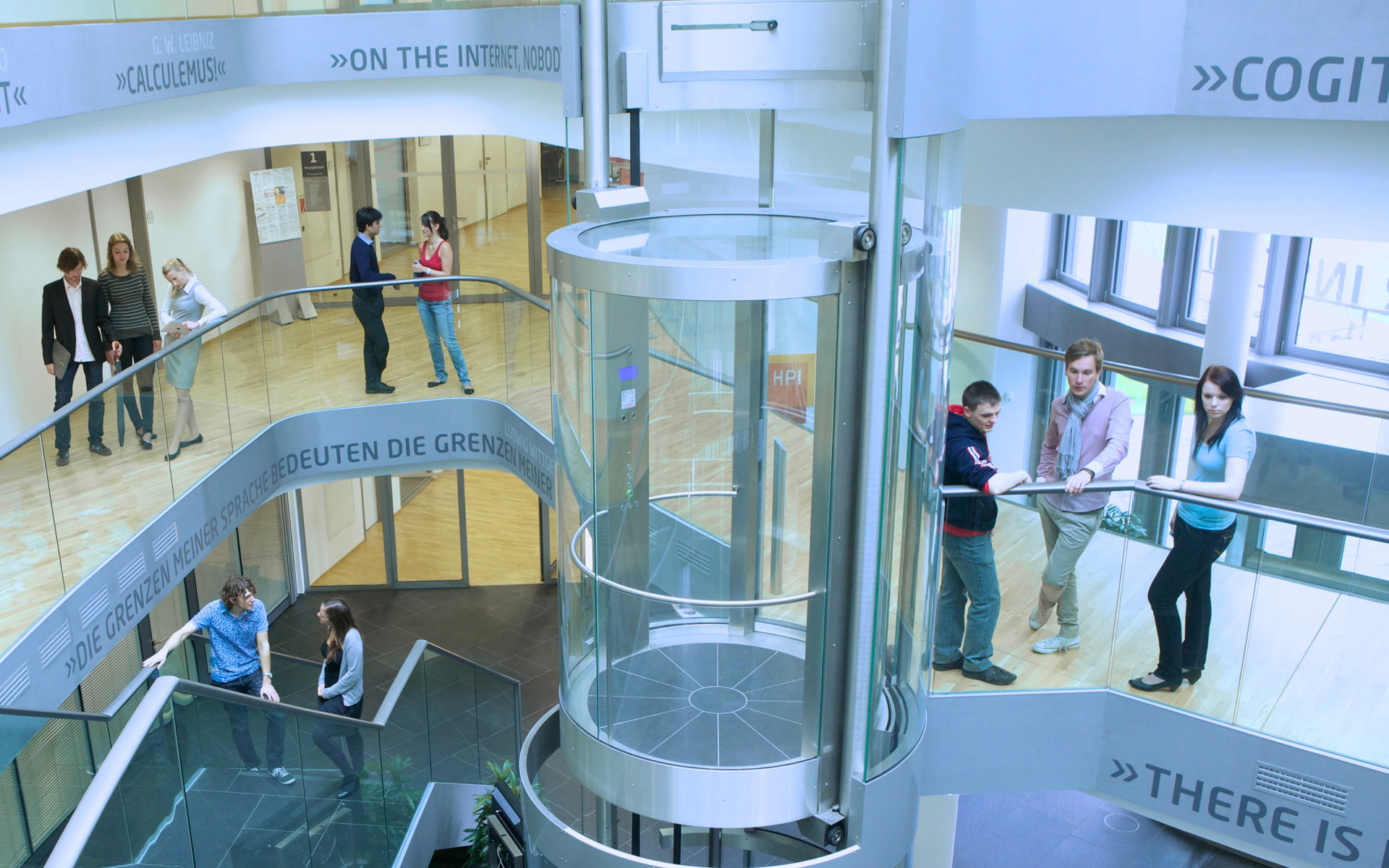In recent years, social media have been emerging as a new means for various kinds of discussions, such as political ones. Social network users, e.g. on Twitter, Facebook, etc., share their thoughts about the current affairs, exchange opinions about them and also keep their peers up to date. Additionally, politicians use social media as well in order to promote their campaigns or political standpoints.
In this ongoing master thesis, we are analyzing over one billion of tweets related to the U.S. general election in 2016. Our dataset (described above) spans from November 2015 till April 2017. This vast amount of textual information enables us to understand the political debates on the Twittersphere and thus identify the general public’s aspects on essential matters in the U.S., e.g. job creation, nuclear weapon strategy, cyber security, etc. We combine this tweet collection with additional data sources, i.e. the presidential candidate debate transcripts in 2016. We aim to to gain insights from the two different perspectives: the politicians and the general public, represented by the Twittersphere.
Our goal consists of two sequential tasks: identify the topics discussed on Twitter during this time period and later on discover the expressed opinions towards these topics and the involved politicians. Once each tweet has been assigned a topic, we can analyze people’s point of view about a given matter and also discover the sentiment that they express towards the involved politicians. Our target is to answer interesting questions, such as: what do people think about Donald Trump’s statements regarding healthcare? How often do the users quote Hillary Clinton’s tweets with positive and negative comments respectively? Does this frequency change for different topics and could it be predicted?

